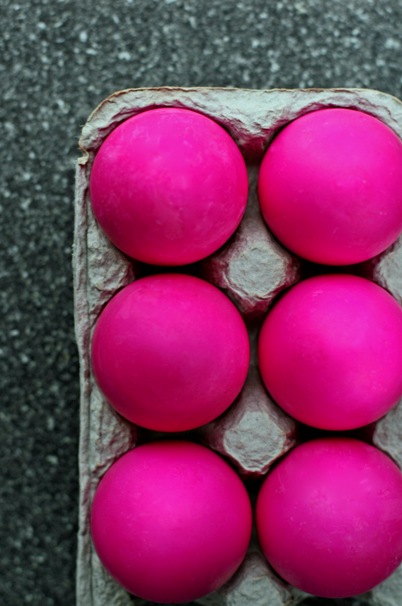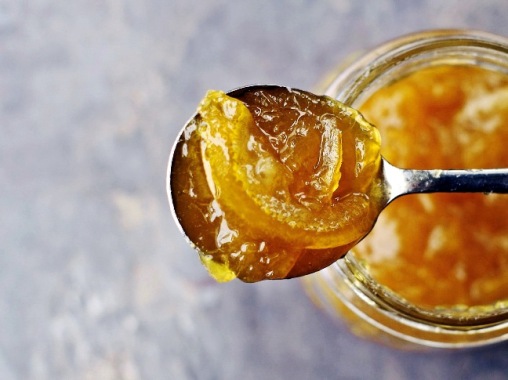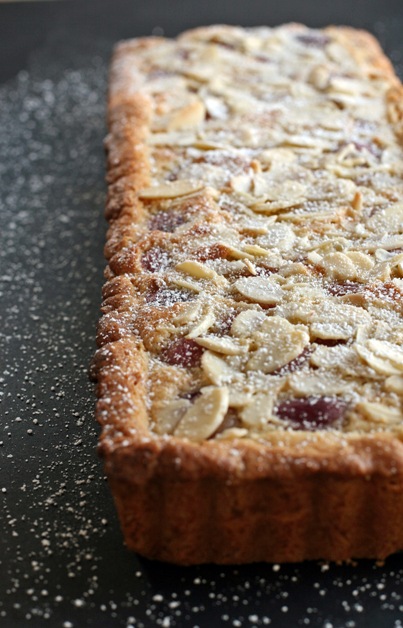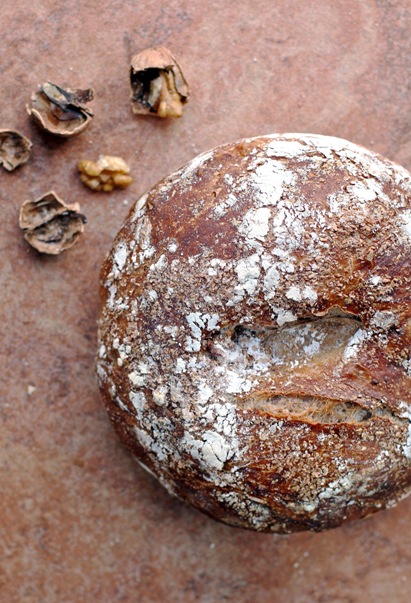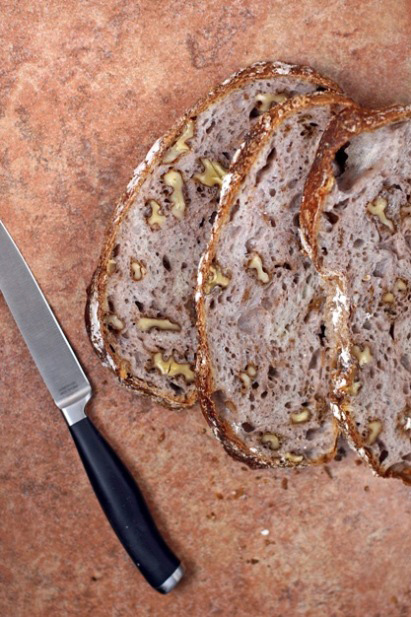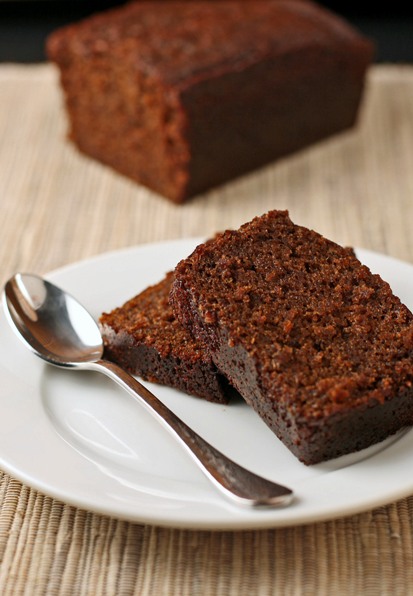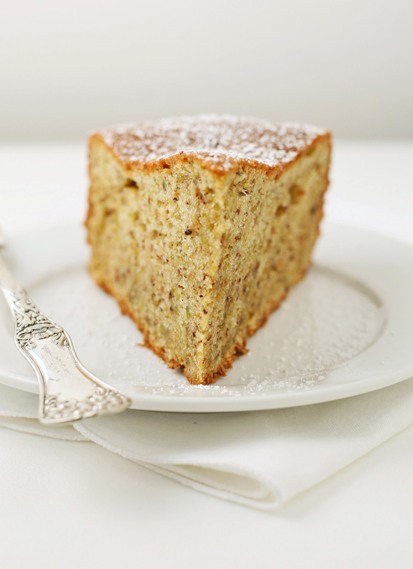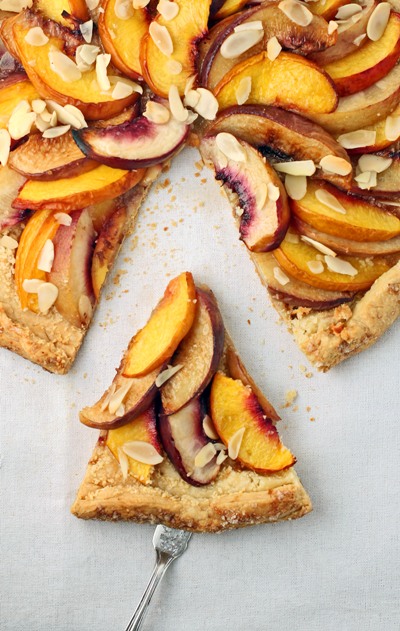 Picture taken from the New York Times official website
Picture taken from the New York Times official website
Anthony Mangieri, who is him?
Once upon a time there was a fundamentalist pizza maker, one of those who aren't willing to come to terms with anybody, no cheap mozzarella, no artificial yeast, no canned tomato sauce. Anthony Mangieri had a dream, pursued for years like the Holy Grail: understanding the secret of pizza, dissecting it, making it his own in order to be able to offer it to the rest of the world. Anthony Mangieri knew that Neapolitan pizza is a serious affair, a magic one needs to conquer with very few ingredients, but all of top quality. No tricks here, no superfluous additions: salt, water, flour and natural rising. Tomatoes, mozzarella, olive oil and basil. Take it or leave it. All the extras are banished, what do you need them for?
Not an easy challenge, in a market where spoiled customers are used to ask and get whatever they want: thick pizza, thin, square or round, with pesto or with chicken, well-done or half-baked, with pineapple or ham, or with everything at once, just tell me what you want and I'll make it for you. So-called pizzerias and take-out pizza on every corner, fast-food prices, who did he think he would compete with?
Una Pizza Napoletana was everything but a traditional American pizza restaurant. Right when you'd read the sign on the door, you could understand there was something odd:
"Open Thursday-Sunday
5 pm until sold out of dough"
Is this a joke? What do you mean Thursday to Sunday? And those who may want pizza on Wednesday, what are they suppose to do? And then, we are in the US, how dare you closing and taking a day off? And what's this thing that you may run out of dough? No, no, no, that's not possible, dough never ends. Until there's a client, there must be dough; it doesn't matter if it hasn't fully risen yet and if in reality it's supposed to be for tomorrow. Use it and that's it, what's the difference?
By the time you had read the menu, you didn't know what to think anymore: Anthony was a visionary or he was simply crazy.
Una Pizza Napoletana offered only four pizzas, all of them variations on the same subject: Marinara, Margherita, Bianca and Filetti (with chopped cherry tomatoes on top). A swap between the same ingredients, tomatoes, mozzarella, olive oil and basil. Nothing more. Four pizzas. No salads, no appetizers, snacks or finger food. Not even dessert. Pizza like a religion, a fundamentalist faith to which Anthony would grant only one thing, some red wine from Campania, served in a carafe.
In reality, his visionary delirium was equivalent to a business suicide, the willingness to attract criticism and disapproval from hungry people.
What? How come I can't make substitutions? And you don't even have pepperoni? Next time I'll think twice before waiting here for half hour... And yet, pizza was coming out as beautiful as ever, round, fragrant and steaming hot. And it was whole, as it should be, not already sliced or cut in half, American style. To everyone his own pizza, because for things like these it's right to be selfish.
And then there was this thing about the ingredients, all rigorously imported and carefully selected, chosen with a fanatical precision: organic flour, San Marzano tomatoes DOP (
acronym for any certified Italian food product), sea salt from Sicily, extra-virgin olive oil that was more like a olive nectar, fresh buffalo mozzarella from Campania.
Those who want to understand will follow me, for all the others there will always be the other thousand and thousand of NY pizzerias. Those who wanted to understand patronized that tiny place in the East Village as if it were a temple, with the same worship and respect one has towards the Holy.
I hope,
Ho Fede, just like Anthony had tattooed on his fingers. Those who wanted to understand would never give up that brick oven for any other pizza in Manhattan.
Obviously, Anthony Mangieri was not crazy, and this idea of a hard-core pizza, he had got it right. His insane obsession for Naples - he was born in New Jersey and had never been in Naples - had taken him on the right path. And yet, at the height of his career, Anthony Mangieri took courage and decided that the East Village dream had come to an end. It was about time to give someone else the chance.
Una Pizza Napoletana closed its doors few months ago, all of a sudden, with a simple Thank You message to the customers for the support and the love they showed him during the whole 5 years.
But those who know Anthony Mangieri, know that a man like him can't stop dreaming at 40:
I want to make a change, man, he tells to the
Diner's Journal reporter, the NY Times' blog dedicated to the restaurant business.
I’m almost 40. I’ve lived my life between New Jersey and this neighborhood. If I don’t do this now, then when?
And you wanna bet that...












